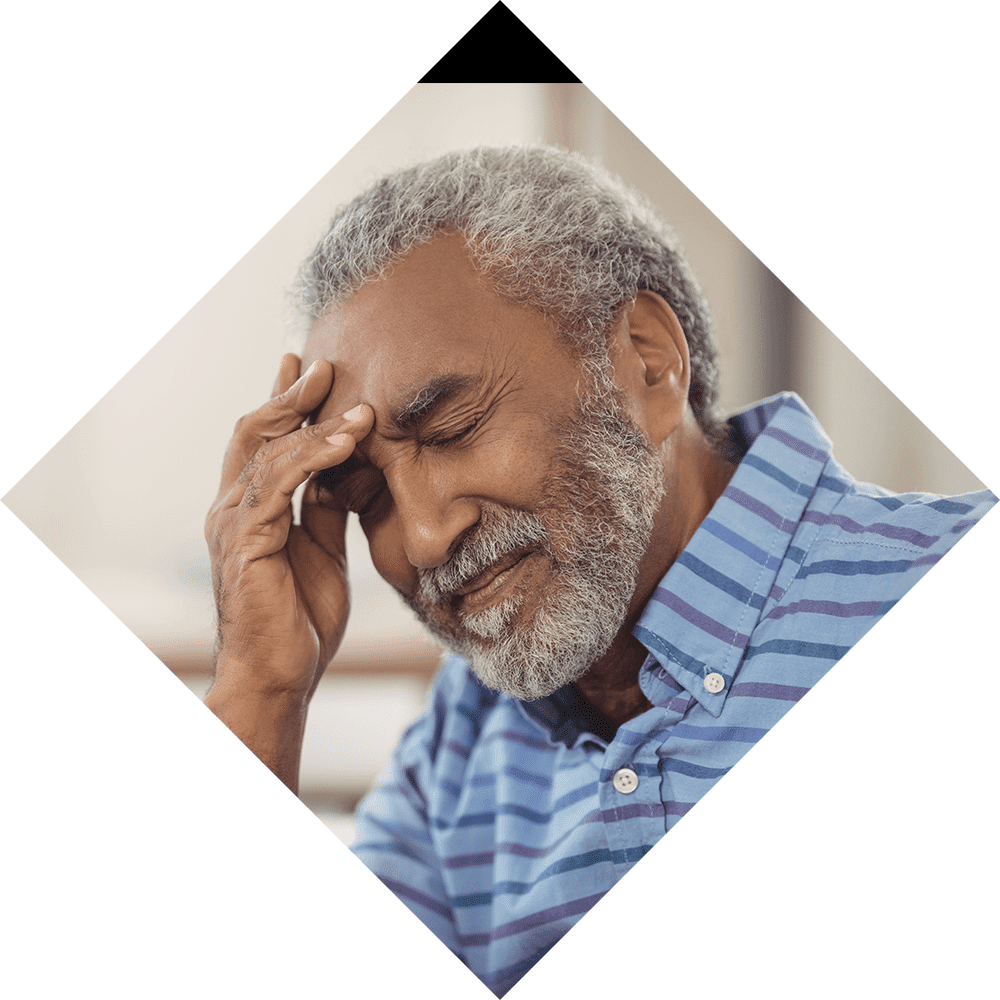We’ve all experienced headaches. But not all headaches are the same and not all derive from the same source. What they all share in common, however, is that they are painful – and can even be debilitating. And you want to get rid of the pain as fast as possible.
At Longstreet Clinic, we recognize that properly treating headaches requires a full understanding of what is occurring. And our board-certified neurosurgeons recognize that there are many levels and causes of head pain, as established by the International Headache Society in 2007. This new classification system enables health care practitioners to diagnose specific headaches for the proper and most effective treatment. The three major categories of headaches include:
- Primary headaches
- Secondary headaches
- Cranial neuralgias, facial pain, and other headaches
Our neurosurgeons may also offer pathways to curing your headaches – should your primary care provider believes that surgery might be the best method of obtaining relief. But first let’s look at the different types of headaches and determine when neurosurgery might be the best option.
PRIMARY HEADACHES
Primary headaches include migraine, tension and cluster headaches.
Migraine Headaches
Migraine headaches are the second most common form of primary headache. Approximately 28 million people in the United States will experience a migraine headache in their lifetime. The reasons for migraine developing are still unclear, but physicians are making progress in treatments.
Tension Headaches
A tension headache is the most common type of primary headache. Reports indicate that up to 90 percent of all adults have experienced or will experience a tension headache in their lifetime. Tension headaches occur more frequently with women than they do with men.
Cluster Headaches
Cluster headaches are a very rare type of primary headache and only affect 1 out of 1,000 people. A cluster headache more commonly affects men in their late 20s although women and children are not immune to suffering from these types of headaches as well.
SECONDARY HEADACHES
Unlike primary headaches, secondary headaches are those that are due to an underlying structural problem in the head or neck. These types of problems could include bleeding of the brain, tumor or meningitis just to name a few.
CRANIAL NEURALGIAS AND FACIAL PAIN HEADACHES
The word Neuralgia means “nerve pain”. Nerves found in the head and upper neck can become inflamed which can then result in being the source of the pain. Those nerves may also become compressed, meaning that they become inflamed by being inhibited by other structures within your skull. In those cases, surgery may provide a significant and lasting source of relief.
These surgeries, performed by a neurosurgeon, reduce pressure on the nerves to relieve migraine symptoms.
Tips for relieving headaches
If you are experiencing headaches (and over the counter medications are not providing significant relief), try these steps to seek relief before, ultimately, contacting a healthcare professional.
- Rest in a dark, quiet room
- Relax – Taking deep breaths and taking a mental break from your daily activities, even for a short time, can help with headaches.
- Massage – Have someone gently massage your head, neck and shoulders. Doing this can be a relaxing way when getting rid of a headache.
- Exercise – Exercise is a great way to ease tension.
- Call a doctor – If you have experienced a headache that won’t seem to go away, you may need to seek professional medical care. A persisting headache may be a sign of something more severe than a tension headache.
There is no reason to suffer from headache pain, and our caring staff of neurosurgeons will work with you to determine if they may be able to help you return to a pain-free existence.
Thanks to the development of Longstreet Clinic’s Neuroscience and Orthopedic Center, our neurosurgeons also work side by side with other highly trained healthcare professionals that can help you obtain the treatment path that provides the best outcome. That includes Physical Medicine and Rehabilitation (PM&R) and Interventional Pain Management – which offer Botox injections that have been proven to relieve symptoms in some migraine patients. Our neurosurgeons also work with Interventional Pain Management specialists, physiatrists and more to ensure your condition is not related to something more serious.
We are dedicated to helping you overcome your headache concerns and get you back to full health.
Please contact us at 678-207-4100 if you would like to learn more about headaches and how our team of medical professionals can help you today.

